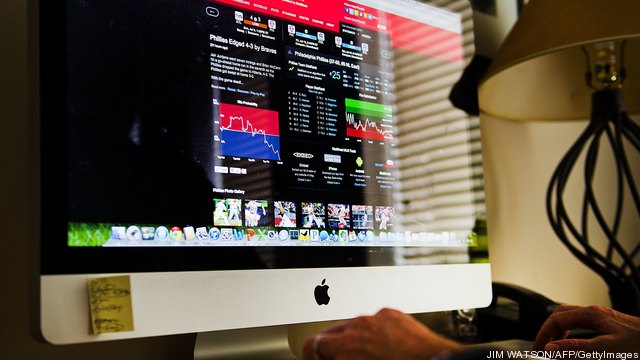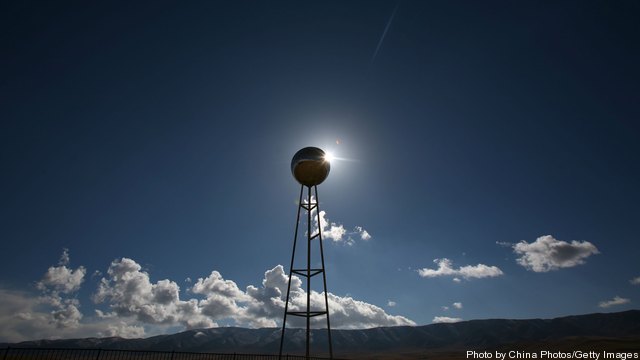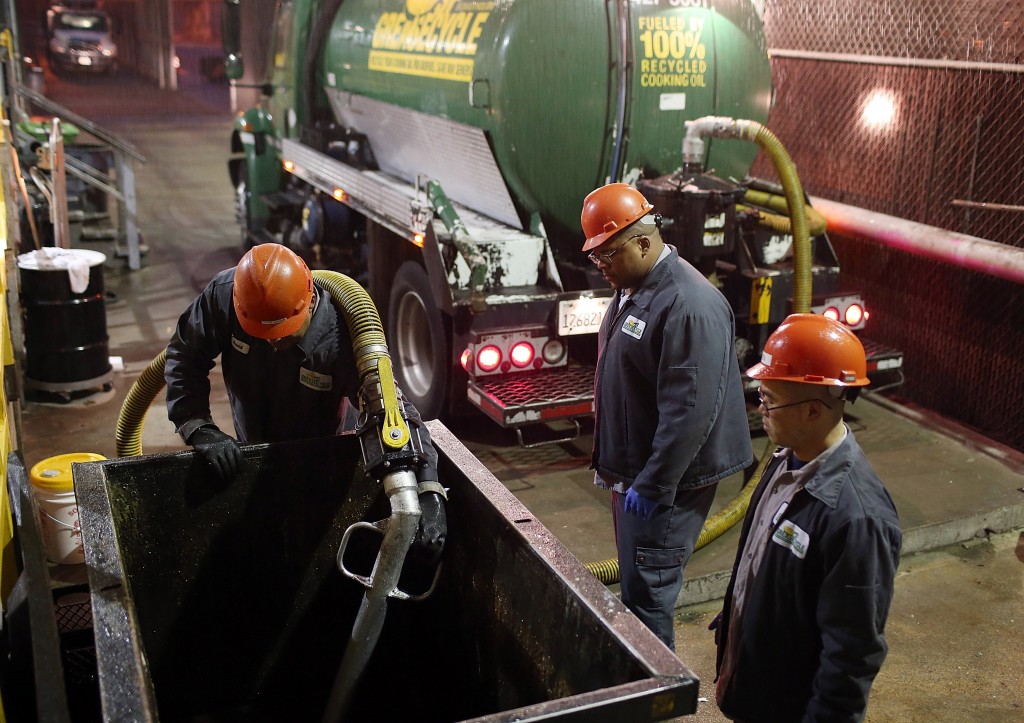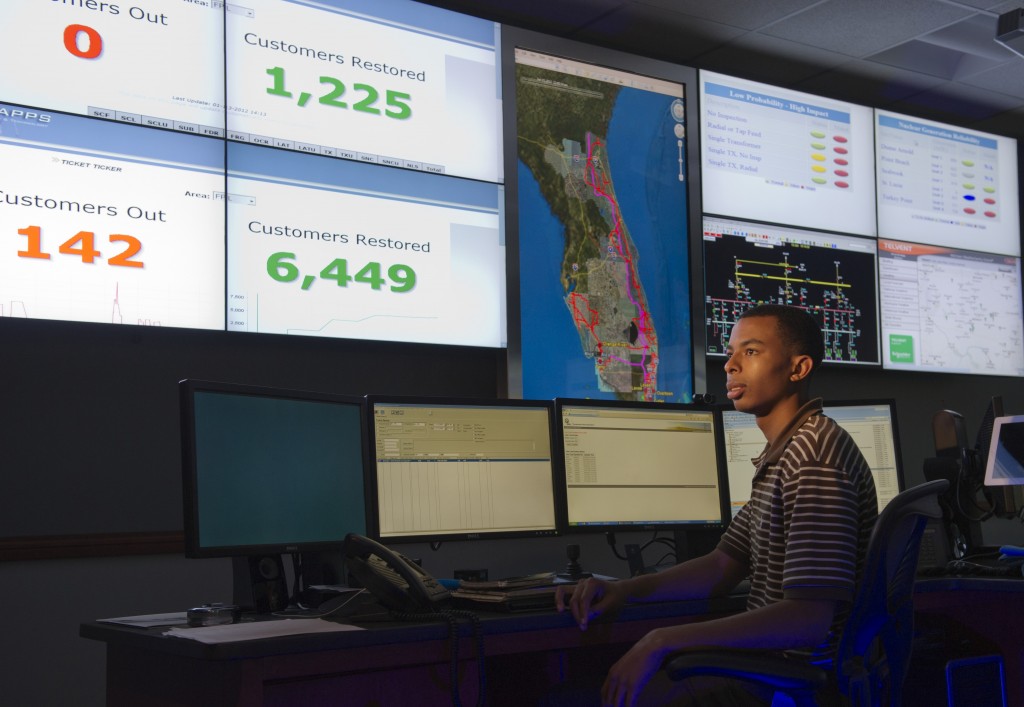Wifi-enabled thermostats can deliver substantial efficiency benefits when they’re used, but the trick is expanding deployment to as many households as possible. Broadening the range of wifi thermostats that can link up to any utility’s demand response program could help to achieve that. Home thermostat technology has made evolutionary leaps and bounds, such as the… Keep reading →
Honeywell
Sign up and get Breaking Energy news in your inbox.
We will never sell or share your information without your consent. See our privacy policy.North American Gas Forum: Dialogue Highlights Opportunities Amid Change
By Energy Dialogues LLCThe pace of change in the North American natural gas business has accelerated in recent months, with the US Department of Energy approval process for exports to non-free trade agreement countries failing to stop the achievement of major project milestones and new technology innovations driving market expansion. Four projects have been approved by DOE for… Keep reading →
A year ago, it was common for energy executives, regulators and critics to marvel at the sense of whiplash they felt from the extraordinary revival of North American natural gas production. Technology shifts long in the making but broadly below the radar of markets underpinned an expansion of the fuel’s market share amid low pricing… Keep reading →
New York broke temperature and energy-use records in late July, and expectations that heat waves might become a more common feature of Eastern Seaboard summers are raising pressing questions about power grid stability, and how utilities can manage the load when demand peaks. There are both supply- and demand-side solutions to managing rising energy demand in… Keep reading →
UK oil major BP made a big splash in 2000 when it changed its name to “Beyond Petroleum” (originally British Petroleum) and changed its logo to a sunburst design that was supposed to represent the company’s greater renewable energy focus. BP has since scaled back some of those efforts, but other firms are pushing ahead… Keep reading →
June 1 marked the start of hurricane season, meaning that utilities and customers in vulnerable areas should be gearing up to manage power outages. Ways of improving the reliability of power generation include providing the utility with more information in less time, and creating generation systems that can operate totally independently of the grid. Updating… Keep reading →

The utility industry wanted more data, and now it’s available in quantities that may not have been foreseen. What are the best ways of managing all that data, interpreting it and getting the most value? Smart grid professionals offered thoughts on how to do it right and get the business intelligence to succeed in the next decade. Jeremy Eaton, Honeywell Smart Grid Solutions VP and general manager, provided a succinct summary of the issue: “In recent years, Honeywell has seen the widespread deployment of smart meters and a corresponding increase in access to granular energy use data. At the same time, the majority of homes and businesses in the United States (and beyond) have Wi-Fi connections, and want remote access to information through smartphones and other mobile devices. As a result, smart grid deployments will need to be tightly integrated as utilities look for combined hardware and software solutions that deliver energy data – and coaching – in a seamless manner.”

Transportation has always been a huge consumer of energy, but basic efficiency increases in gasoline-powered central combustion engines there has been minimal change to energy use in the transportation sector for the last century.
A transformational combination of shifting fuel prices and availability, leaps in technology development and looming regulatory deadlines are poised to create huge changes in the transport sector, though many of them may be at first invisible to customers. Keep reading →

While natural gas is the hot topic in North American energy, many other parts of the world – particularly developing countries – are adding more coal-fired power generation capacity and consuming more of the black fossil fuel.
Speaking at the annual conference of the American Society of Public Administrators (ASPA) held March 5th in Las Vegas, Dean Oskvig, President and CEO of Black & Veatch’s Global Energy Business, made the point that B&V is not aligned with any single energy source and the company designs and builds all kinds of energy infrastructure. Keep reading →

The power industry can use information technology to handle the volatility of renewable energy resources rather than having to back up renewable generation with duplicative fossil fuel power.
“Don’t spend twice by building renewables and then building spinning natural gas reserves on top of that,” Honeywell Vice President of Global Energy Services Jeremy Eaton told Breaking Energy. “It’s a little more complicated than saying ‘just add renewables.'” Keep reading →






